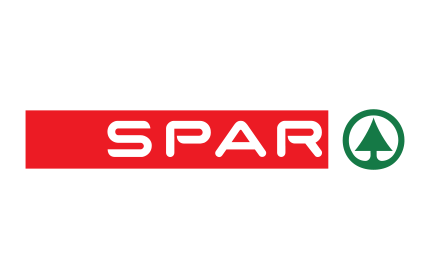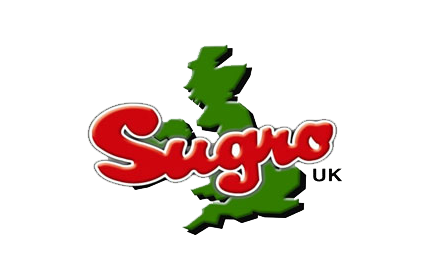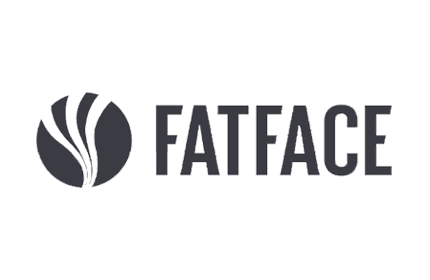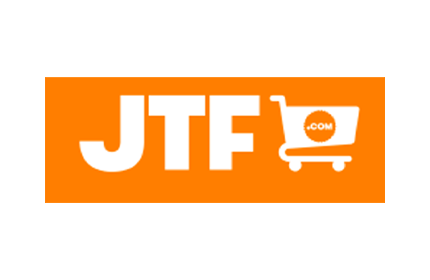Textiles & EPR: An auspicious match
By Elena Rotzokou
What happens when a concerted drive to growth across one of the world’s most impactful industries, like textiles, and a rapidly expanding environmental strategy foregrounding recyclability, such as EPR, converge? Strengthened product durability, resulting in a competitive market presence thanks to a global spike in consumer demand for recycled items.
This, coupled with more sparsely crowded populated landfill sites and less busy waste incinerators, reduces carbon footprints on a large scale.
The global trade in textiles is expanding exponentially: garment manufacturing giants like the United States, China, India, and European Union nations are boosting their output as much as exporters with far more limited market shares, such as Vietnam, Bangladesh, and Taiwan, are facing a steady production uptick.
The global market is forecast to reach USD 1,420.3 billion by 2030, thanks to an upward popularity trend in E-commerce platforms across competitive businesses.
However, this boom comes at a staggering cost. The textile sector is a leading polluter worldwide, with apparel and footwear businesses generating between eight and 10% of global carbon emissions – a rate exceeding that of shipping and aviation emissions combined. After food, housing, and mobility, European textile consumption has the highest environmental impact.
In light of concerning impact rates and increasingly strident calls for concerted action to combat climate change, several countries have seen the need to implement EPR schemes for textiles. Although currently in place only in France, textile EPR schemes will proliferate in the EU and form part of the UK market in the coming years.
Under what regulations might companies be obligated?
By and large, textile businesses must comply with EPR in two significant ways. Firstly, they need to make submissions by breaking down their sales figures by product category (e.g., women’s shoes, men’s trousers); fee rates generally depend on product type and size categories rather than dimensions or weight. Secondly, companies need to provide evidence that they meet any eco-modulation, eco-design, or information requirements in place – which might encompass categories such as recyclability, reusability, recycled content, and durability.
France’s existing textiles EPR scheme, in force since 2007, is an excellent example of what systems of this sort entail. Most clothing manufacturers are selling in or exporting to France register with the government-licensed compliance scheme ReFashion, to which they submit sales data annually and pay fees based on the size of produced goods and eco-modulation criteria.
The scheme’s digital sales declaration includes three textile categories (shoes, clothing, household linens), each of which has four fee rates for products of varying sizes (very small, small, average, and large). Eco-modulation criteria are divided into durability, recycled textile waste, and recycled content from textile production off-cuts. Small companies may pay a flat fee rather than make submissions.
Meanwhile, textiles specific EPR systems are forthcoming in the Netherlands and Sweden. The Dutch scheme, projected for a 2023 launch, will likely resemble the French one in its fee breakdown as per product and eco-modulation categories.
Sweden will require producers placing textiles on the national market to register with a waste collection system by 2024; these systems will need to ensure households and businesses can access collection points to dispose of their textile waste free of charge. This regulation should come into force with extensive national reductions in textile waste – the most touted goal being a 70% reduction in weight by 2028. These changes will likely put a financial burden on the shoulders of textile producers (it is estimated that they will need to pay costs similar in structure to those paid by plastic and paper producers). Industry growth is likely to be the end result, as rising costs will be passed on to consumers.
The EU intends to spread EPR textiles schemes more widely soon. The Strategy for Sustainable and Circular Textiles proposes the introduction of textiles EPR in member states by 2025 that will consist of eco-modulated fees, mandatory targets for the reuse and recycling of textile waste, and compulsory eco-design requirements for categories such as durability, reparability, and fibre-to-fibre recyclability. These union-wide goals should include harmonised EPR regulations for textiles across member states.
Outside of the EU, the UK government is committed to consulting on possible options for a textiles EPR scheme. Efforts to curb waste within the fashion sector are underway through Textiles 2030, a ten-year voluntary initiative launched in 2021 by the Waste and Resources Action Programme. Having already attracted 92 signatories thus far (representing 62% of all clothing put on the UK market), the initiative will be setting carbon, water, and circular textile targets and contributing to discussions around particular policy developments for textiles in the UK.
A published roadmap sets out key milestones for 2022, 2025, and 2030 and instructs signatory businesses in meeting recyclability targets through tailored design, manufacture, retail, and donation/disposal strategies for their products.
Textiles EPR is set to be a crucial regulatory phenomenon in the years to come. However, making sense of the various fee and submission requirements can prove challenging. If you are a textile company, do not hesitate to reach out to Ecoveritas; our Global EPR team can assist you in staying on top of your obligations to avoid being caught out.
Get in touch with us today to learn more about our exclusive EPR Matrix.























